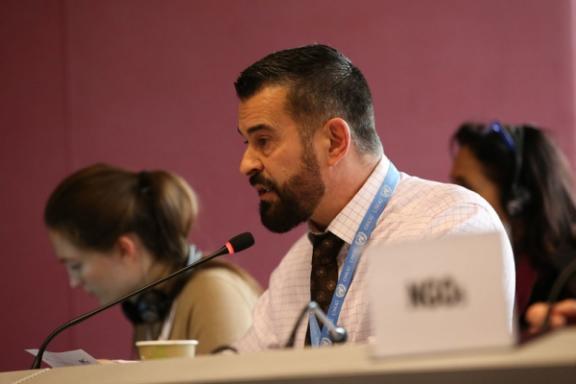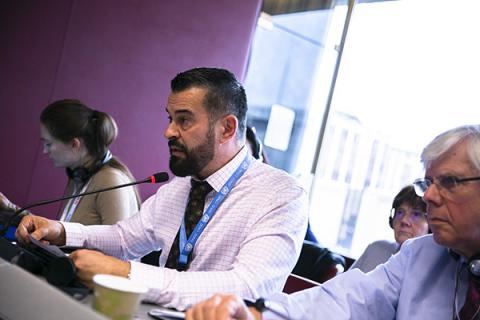Last week, the Minamata Convention on Mercury held its third Conference of the Parties (COP3) in Geneva, Switzerland. Countries from all over the world convened for the five-day meeting to strengthen their efforts to reduce and eliminate the adverse effects of mercury emissions. One of the key issues that dominated much of the discussions at COP3 was dental amalgam – the only mercury-added material subject to a phase down in the Convention (Annex A, Part II).
Proposal to ban dental amalgam met with stark opposition
A proposal from six African countries (Botswana, Chad, Gabon, Guinea Bissau, Niger and Senegal) to amend Annex A to phase out (ban) dental amalgam triggered heated debate at COP3. The proposed amendment sought to phase out dental amalgam by: ending amalgam use in deciduous teeth, children under 15 years, pregnant women, and breastfeeding women by 2021, and ending all dental amalgam use – except where no mercury-free alternatives are available – by 2024.
Many countries opposed the proposal arguing that information on dental amalgam use and feasibility of alternatives is needed before deciding on a phase out approach. FDI and the International Association for Dental Research made interventions at the COP urging Parties not to adopt the proposal and calling for the continued phase down of dental amalgam in order to safeguard public health. The World Health Organization also echoed concerns about the proposed amendment stating that “…a phase out of dental amalgam approach is not a one-size fits-all solution for all countries…” and “…substantial preliminary work is required at both global and national levels before moving toward the goals suggested by the proposed amendment…”.
After lengthy negotiations, COP3 delegates ultimately rejected the proposal and agreed to maintain the Convention’s nine phase down measures in Annex A, Part II.

FDI Executive Director Enzo Bondioni delivering a statement at COP3
COP3 agrees to accelerate the phase down of dental amalgam
The COP went on to adopt the following decision in order to accelerate the phase down of dental amalgam:
The Conference of the Parties,
- Encourages Parties to take more than the two required measures in accordance with Annex A, Part II, of the Convention to phase down the use of dental amalgam;
- Requests the Secretariat to request information from parties on the implementation of any such additional measures taken by Parties related to Annex A, part II, of the Convention;
- Calls on the Secretariat to request information from Parties and others on information pursuant to paragraph 7 of Article 4 by 1 July 2020;
- Requests the Secretariat to compile the information received pursuant to paragraph 3, clearly identifying the sources of the information it contains, and provide that information to Parties no later than 1 December 2020;
- Requests the Secretariat to prepare by 30 April 2021 an information document for the fourth conference of the Parties that contains the information received from Parties pursuant to paragraph 2 and the compilation of information from paragraph 4, respectively.
In light of the above decision, dental amalgam is set to feature on the agenda at the fourth COP meeting (COP4), which will take place in Bali, Indonesia, from 31 October to 5 November in 2021.
About the Minamata Convention
The Minamata Convention is a global treaty designed to protect human health and the environment from anthropogenic emissions and releases of mercury and mercury compounds. As of November 2019, there are 128 signatories to the Convention and 115 ratifications.

